During the mosquito breeding season, especially the rainy season, dengue fever season... applying measures to repel mosquitoes and protect against mosquito bites is very important to protect health. Mosquito coils are now widely used to repel mosquitoes and other insects.
Mosquito coils or mosquito incense were invented in 1890 by Eiichiro Ueyama, a Japanese pharmacist. Ueyama was looking for an effective way to keep mosquitoes away from his drugstore.
He combined chrysanthemum powder, a natural pesticide derived from chrysanthemum flowers, with charcoal powder and created a spiral that would burn slowly to release smoke.
Mosquito coils were first marketed in the 1960s and quickly became popular around the world . Today, mosquito coils are widely used and are considered an effective method of repelling mosquitoes and preventing insects.
Mosquito coils are an effective way to repel mosquitoes and insects.
Mosquito coils usually come in a roll or leaf form, designed to burn slowly and release a scent and compounds that repel mosquitoes.
1. Ingredients of mosquito coils
The ingredients in mosquito coils can vary depending on the brand and manufacturer, but most contain mosquito-repellent ingredients such as permethrin, pyrethrum, or other similar substances. Generally, mosquito coils contain the following ingredients:
Insect Repellents : Permethrin and/or pyrethrum are the most common active ingredients in mosquito coils. These are contact-based insect repellents that control and prevent the growth of a variety of harmful insects, including mosquitoes, ticks, fleas, larvae, and many others. The mechanism of action is based on creating an ionic imbalance in the insect's nervous system, leading to disruption of nerve signal transmission and ultimately paralysis and death of the insect.
Fuel and binder: Most mosquito coils contain a binder to hold the shape of the coil and facilitate burning. To make the coil burn slowly, fuel such as wood or coconut flour is often added.
Fragrances: To enhance the smell and make the mosquito coil more pleasant to use, some fragrances are sometimes added. Popular scents include lemongrass, lavender, geranium, eucalyptus, peppermint, and other essential oils.
2. Be careful with the side effects of mosquito coils
Although mosquito coil products are generally safe, long-term exposure to incense smoke may pose health risks.
According to the US National Institutes of Health , exposure to smoke from mosquito coils can pose significant acute and chronic health risks. It is estimated that the particulate matter produced from burning one mosquito coil is equivalent to burning 75 to 137 cigarettes.
Households with children, the elderly, and people with respiratory problems should consider using mosquito coils.
Some people who inhale incense smoke may experience side effects, including:
Respiratory problems: One of the most common side effects of using mosquito coils is respiratory problems. The permethrin in the smoke from mosquito coils can irritate the eyes, nose, and throat. Prolonged exposure to these chemicals can lead to coughing, wheezing, and other respiratory problems. In particular, for people with asthma or other respiratory conditions, the smoke from mosquito coils can trigger an asthma attack or worsen their symptoms.
Allergic reactions : Some people may be allergic to the chemicals in mosquito coils, and exposure to the smoke may cause an allergic reaction. Symptoms can range from mild to severe and may include rashes, hives, swelling, and difficulty breathing.
Headache, nausea: Although permethrin is generally not a serious hazard to humans, exposure to high concentrations can cause symptoms such as headache, blurred vision, drowsiness, fatigue, and nausea.
3. How to use mosquito coils safely?
Because of the above mentioned risks and unwanted side effects, the use of mosquito repellent incense should be done carefully and according to the manufacturer's instructions.
- Choose a reliable product: Choose mosquito repellent incense from reputable, licensed manufacturers with safe ingredients. Avoid using products of unknown origin or without information regarding mosquito repellent ingredients.
- Be careful when there are small children, elderly people, or people with asthma in the house: In environments with children, elderly people, and people with respiratory problems, consider using other insect control measures to ensure the safety and health of everyone.
- Place incense in a safe location: Place incense in a safe location, out of reach of children and flammable objects. Burn incense in a well-ventilated space to reduce the risk of breathing in incense smoke.
- Do not inhale directly: Avoid inhaling smoke from mosquito repellent incense directly.
- Monitor for side effects: If any skin, eye or respiratory irritation occurs after using the mosquito repellent incense, discontinue use immediately and seek medical advice if necessary.
In addition to using mosquito coils, other additional measures should also be taken, such as wearing long clothes, using mosquito nets, and applying mosquito repellent creams. Eliminate mosquito habitats, paying special attention to stagnant water in or around the house.
According to SKDS
Source


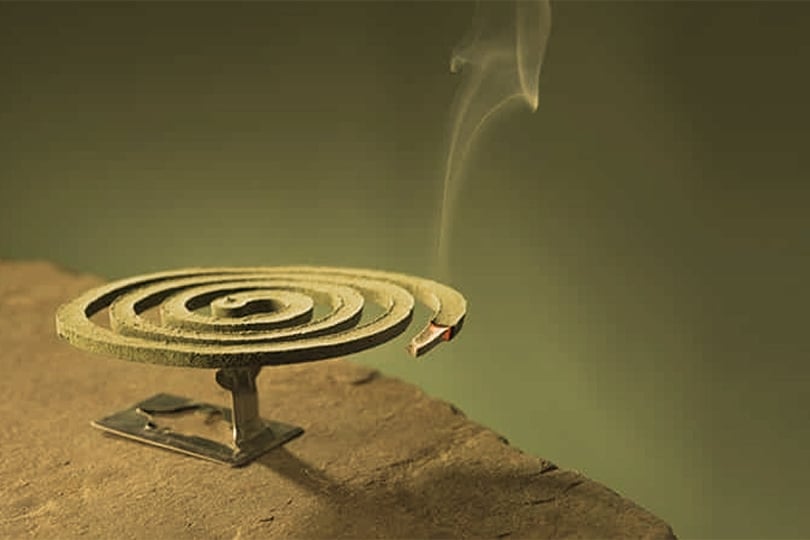
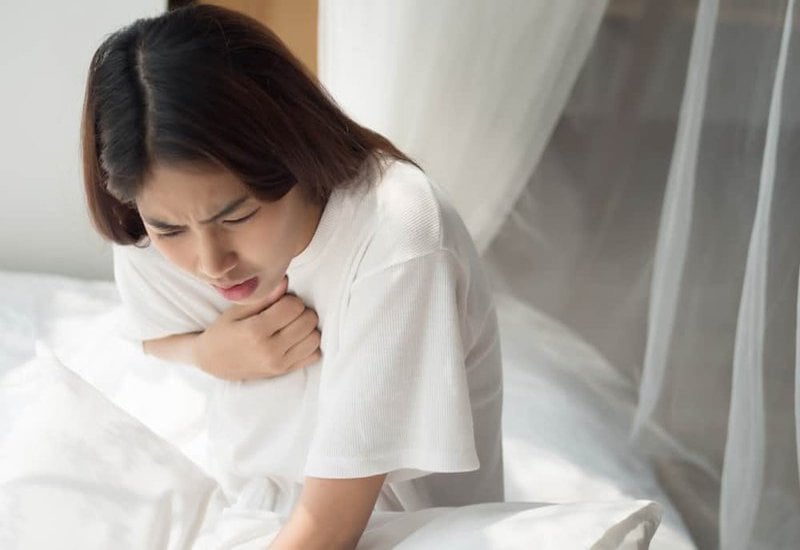

![[Photo] Enjoy the Liuyang Fireworks Festival in Hunan, China](https://vphoto.vietnam.vn/thumb/1200x675/vietnam/resource/IMAGE/2025/10/26/1761463428882_ndo_br_02-1-my-1-jpg.webp)

![[Photo] General Secretary To Lam received the delegation attending the international conference on Vietnam studies](https://vphoto.vietnam.vn/thumb/1200x675/vietnam/resource/IMAGE/2025/10/26/1761456527874_a1-bnd-5260-7947-jpg.webp)
![[Photo] Nhan Dan Newspaper displays and solicits comments on the Draft Documents of the 14th National Party Congress](https://vphoto.vietnam.vn/thumb/1200x675/vietnam/resource/IMAGE/2025/10/26/1761470328996_ndo_br_bao-long-171-8916-jpg.webp)

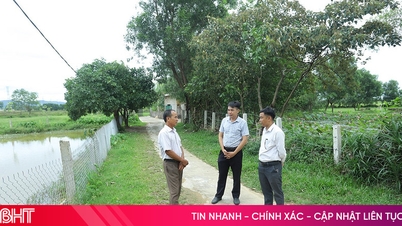










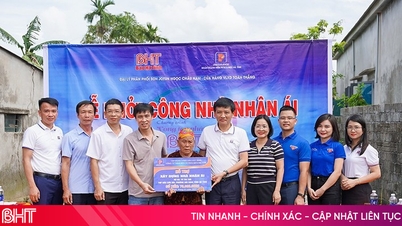


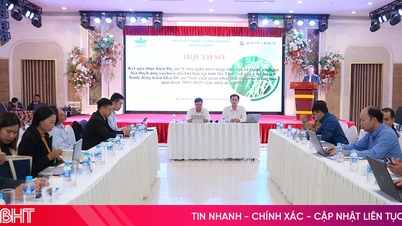
![[Photo] Prime Minister Pham Minh Chinh attends the opening of the 47th ASEAN Summit](https://vphoto.vietnam.vn/thumb/1200x675/vietnam/resource/IMAGE/2025/10/26/1761452925332_c2a-jpg.webp)














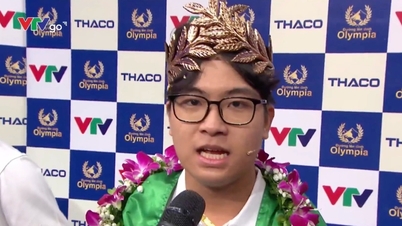






















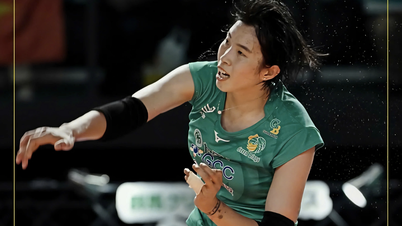





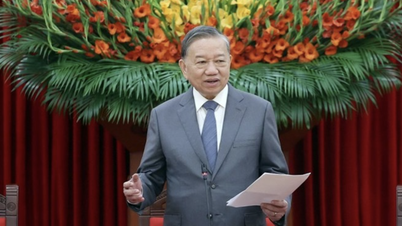





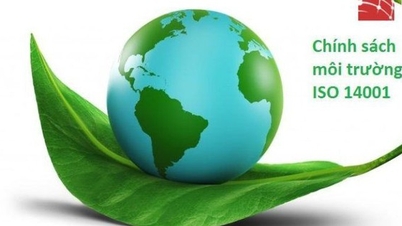
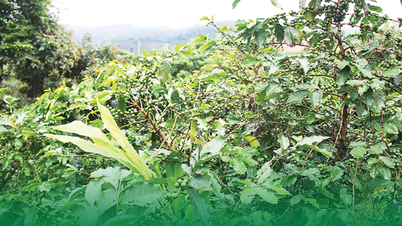


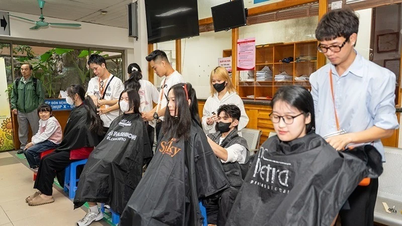

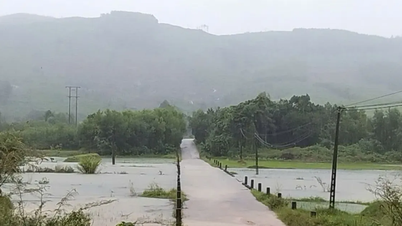


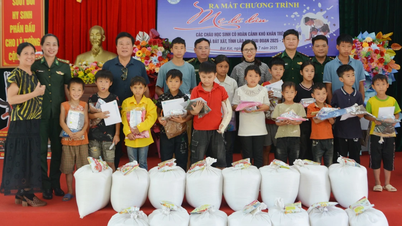
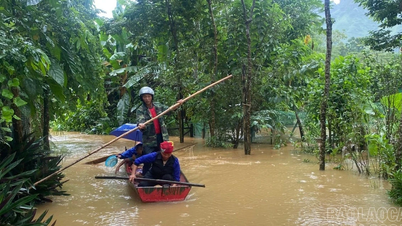














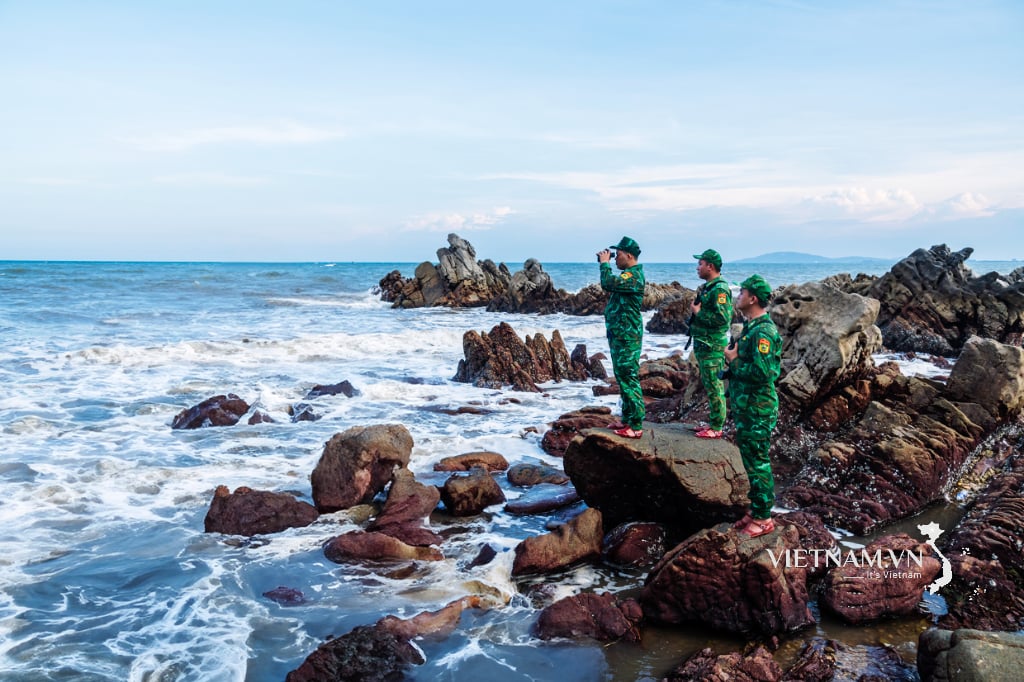

Comment (0)